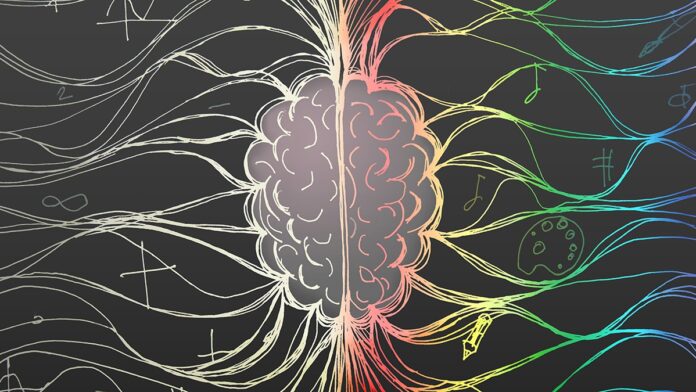Our bodies function through constant, rhythmic processes, like breathing and the nightly cleansing of our brains. Now, researchers have discovered that fundamental rhythms in both our brains and our guts operate under surprisingly similar physical principles, potentially reshaping our understanding of both systems.
Parallel Physics in the Brain and Gut
The same oscillating patterns that drive digestion—moving food through the digestive system—are also found in the brain’s blood vessels. These patterns help regulate the flow of oxygen and nutrients to the brain when needed. This remarkable finding highlights a shared physical basis for seemingly disparate biological processes.
Modeling Gut Rhythms as a Starting Point
The research, conducted by an international team, began with a desire to understand how blood vessels in the brain control rhythmic changes in blood flow, a process known as cortical vasomotion. To tackle this complex challenge, scientists first focused on a more straightforward system: gut peristalsis. By building on previous research, the team developed a more complete mathematical model—a Ginzburg-Landau (GL) model—to represent the rhythms and waves involved.
The researchers tested their updated model by seeing if it could replicate the oscillation patterns observed in cat intestines. It successfully did so, demonstrating the model’s accuracy.
Understanding Coupled Oscillations
A key finding of this mathematical approach is the ability to explain how nearby oscillations can synchronize or “couple” with each other. The research revealed critical thresholds: when oscillations will sync up and when they won’t. This explains patterns in the digestive system and intriguingly, shows similarities in how the brain’s neurons function.
“Coupled oscillators talk to each other, and each section of the intestine is an oscillator communicating with the nearby sections,” explains physicist Massimo Vergassola from UC San Diego. “Traditionally, coupled oscillators are studied within a uniform setting, where all oscillators have roughly similar frequencies. In our case, the frequencies were more varied—just as they are in the intestine and the brain.”
Significant Differences Remain
It’s important to note that the brain and gut are fundamentally different. The gut functions as a one-way path for food, whereas blood vessels in the brain form a complex network allowing for multiple directions of flow.
Implications for Mental Health and Neurological Disorders
While the study demonstrates similar behavior rather than a direct connection, it holds significant promise. By understanding these common rhythms, scientists may gain insight into brain and gut pulsations that can signal shifts in mental health or even predict the onset of neurological conditions like dementia.
“The brain is infinitely more complicated than the gut, but this is science at its best,” says Kleinfeld. “You ask one question, it leads you somewhere else, you solve that problem, then return to your original question.”
This research underscores the interconnectedness of our bodies and highlights how understanding fundamental physical principles can illuminate complex biological systems. The discovery of these shared rhythms opens new avenues for exploring brain and gut health and offers a fresh perspective on how these vital organs communicate and influence one another.
